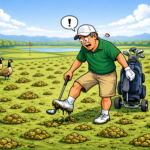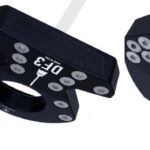Join Our Senior Golfers Newsletter!
Sign up today and receive your free Golf After 60 Bonus Stretch Guide!
Advanced golf shots are shots that go beyond the basic drive, approach, pitch, chip, and putt. They are typically used by more experienced golfers to control the trajectory and spin of the ball or to hit the ball around obstacles. Some of the most common advanced golf shots include:
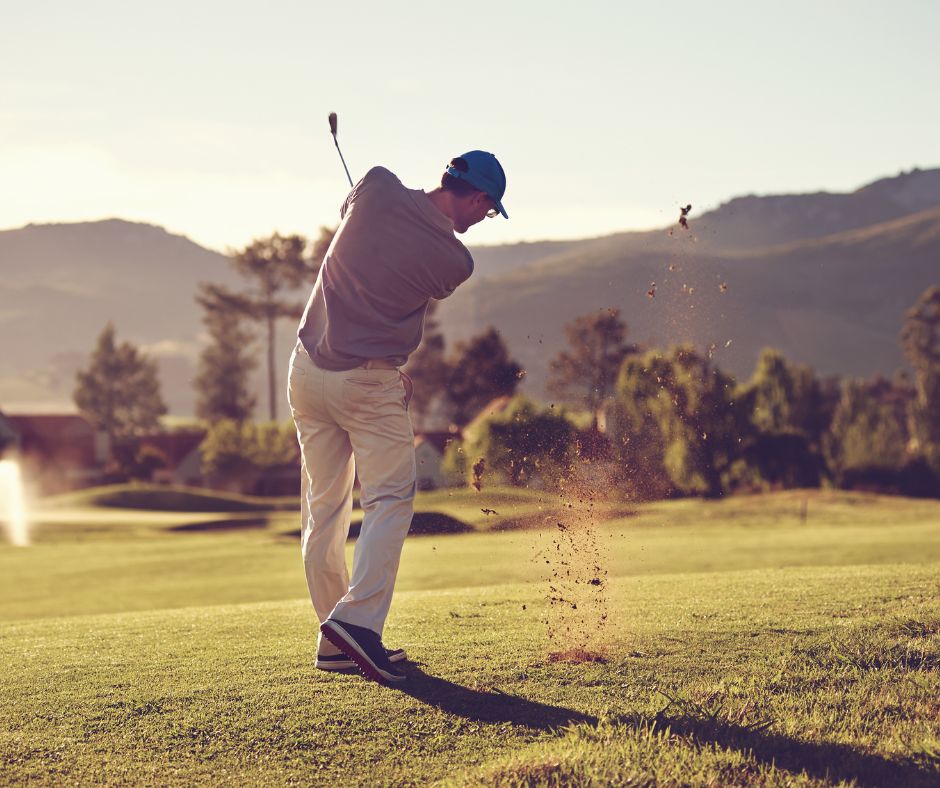
Golf Shots: Advance Golf Shots Explained and How To Execute Them
The Fade Shot:
The fade shot is a controlled shot that curves gently from left to right (for right-handed golfers). To execute this shot, open your stance slightly, aim slightly to the left, and close the clubface slightly. Focus on a smooth, outside-to-inside swing path, emphasizing a clean contact with the ball. This shot is ideal when you need to navigate obstacles or position the ball strategically.
The Draw Shot:
The draw shot is a shot that curves gently from right to left (for right-handed golfers). To achieve this shot, close your stance slightly, aim slightly to the right, and slightly open the clubface. Concentrate on a smooth, inside-to-outside swing path, making sure to strike the ball cleanly. The draw shot is handy for adding distance and controlling shots around obstacles.
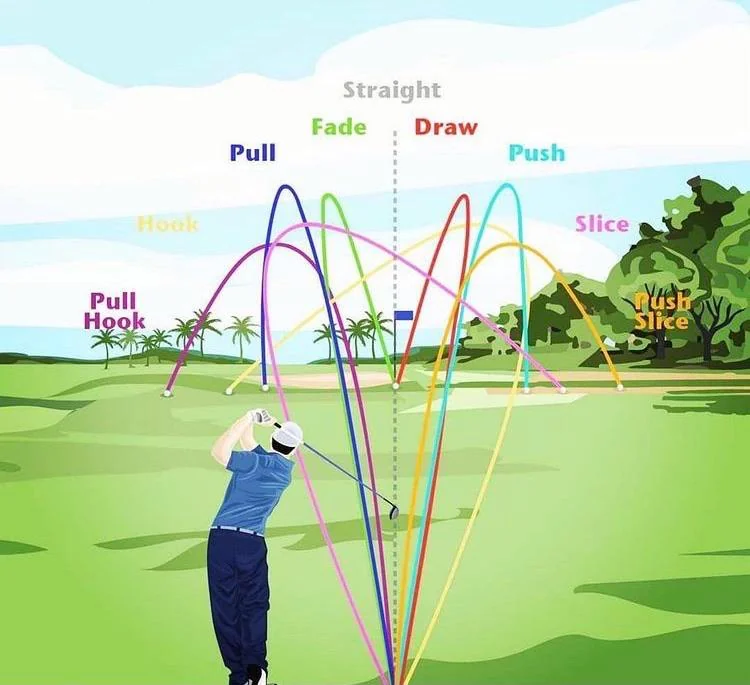
The Stinger Shot:
The stinger shot is a low-trajectory shot that travels with less height but greater distance. To execute this shot, position the ball slightly back in your stance and focus on making a descending strike with a slightly delofted clubface. Maintain a compact swing with a controlled follow-through. The stinger shot is particularly useful in windy conditions or when you need to keep the ball under tree branches.
The Flop shot:
The flop shot is a high, soft shot that lands softly and stops quickly. It is perfect for clearing obstacles like bunkers or when you need to carry the ball over a hazard and land it softly. Open your stance and clubface, and place the ball slightly forward in your stance. Utilize an open-faced, wristy swing with a steep angle of attack and a fully released follow-through to generate height and loft.
Punch shot A punch shot is a type of shot that is hit low and controlled using an iron club. It’s used when there are low tree branches or a strong wind that you need to hit the ball under or into.
The Bump-and-Run Shot:
The bump-and-run shot is a low, rolling shot that stays close to the ground. It is useful when you need to navigate a tight fairway or when the green is running fast. Position the ball back in your stance, adopt a narrow stance, and use a club with less loft, such as a pitching wedge or 9-iron. Employ a putting-like stroke, minimizing wrist action and allowing the ball to roll out towards the target.
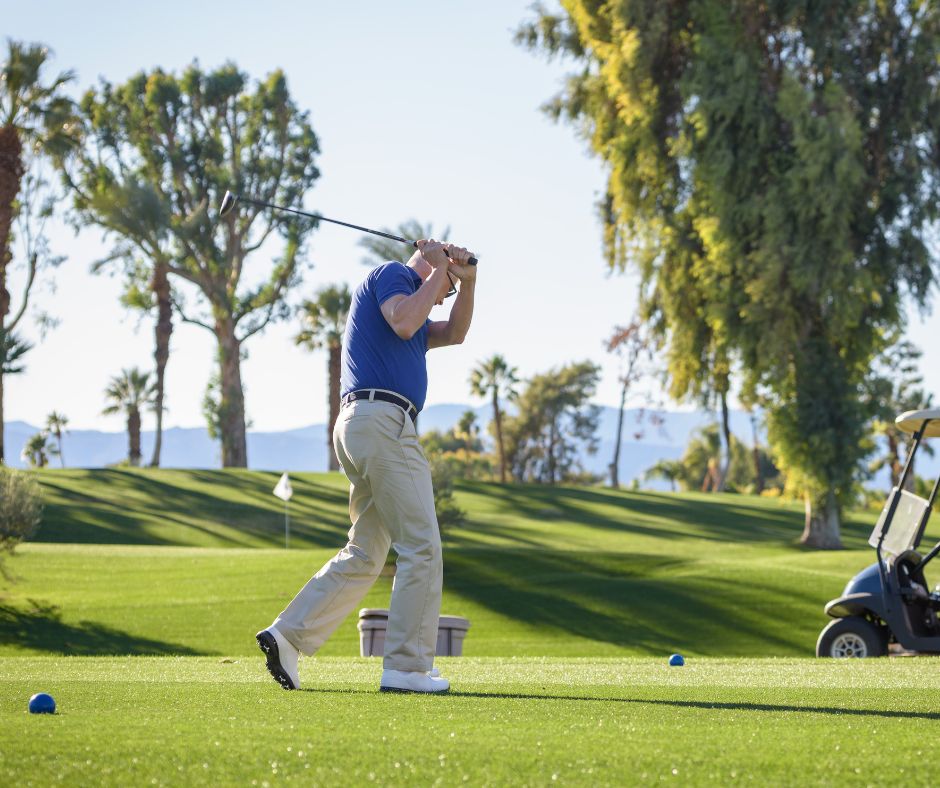
Mastering advanced golf shots requires practice, patience, and an understanding of the techniques involved. The fade shot, draw shot, stinger shot, flop shot, and bump-and-run shot are all valuable tools to have in your golfing arsenal. Remember, consistency and accuracy come with experience, so dedicate time to practice these shots regularly. With perseverance and skill development, you’ll be able to integrate these advanced shots seamlessly into your golf game and elevate your performance on the course.
Here are some extra tips to help you hit more advanced golf shots:
Remember, these tips require practice and patience to master. As you gain experience and refine your skills, you’ll be able to execute these advanced shots more consistently.
It is important to note that these are just general tips. The best way to learn to hit advanced golf shots is to take lessons from a qualified golf instructor.
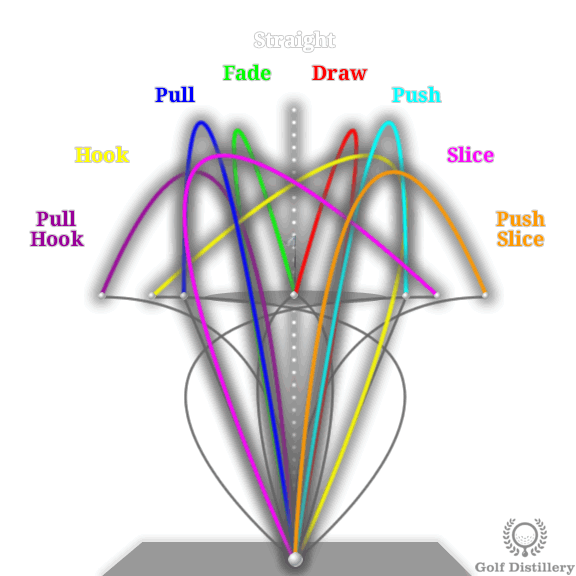
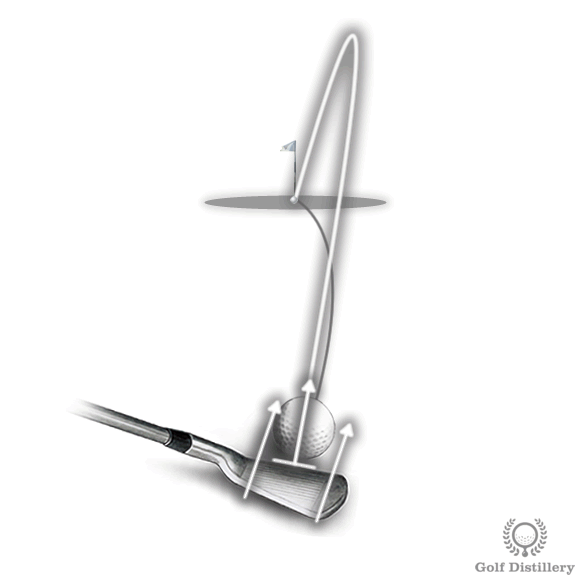
In golf, a draw is the name of the trajectory that sees the ball starting outside of the target line after impact but curling in and finishing at the target. For right-handed players, it means that the ball shoots right initially only to curl left in the air and land on target. In contrast to a hook, a draw is not considered a golf shot error since the ball will land on the target even though the ball flight was not straight.
There are several instances where you would want to draw the ball.
Some golfers have a natural draw swing and do well to work with it rather than fight it. Other times, you may need to curl the ball around a tree or a hazard in order to improve your odds of a successful shot. Otherwise, skilled players may want to hit a draw as a result of wind conditions, choosing to draw the ball into the wind in order to tame its effect on the ball. Finally, the hole location on a particular green may better welcome a draw shot that would see the ball rolling left after landing.
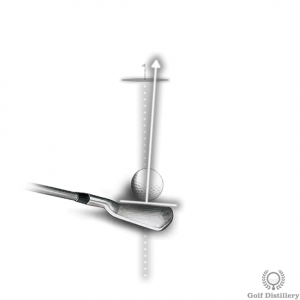
The first step you need to make is to position your club behind the ball properly while setting up.
As you do, make sure to open the clubface so that the clubface is pointing to the right of the target, slightly. Indeed, for a shot to go from right to left in the air the ball must first leave the clubface towards the right, at least initially. And the factor most important in the initial direction of the golf ball is the line of the clubface.
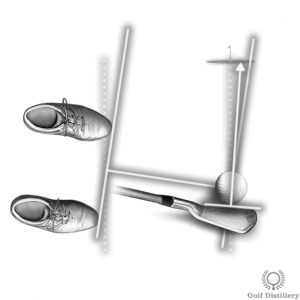
The second step that you’ll make is to close your stance.
That means that instead of positioning your feet in a parallel to the target line direction you want to rotate your stance so that your feet point right of the target instead. Specifically, you’ll want to close your stance until the line of your feet crosses the clubface line. When you do, your clubface (set in the previous step) will be open in relation to the target line but it will be closed relative to the stance line.
The fact that the stance and clubface are not aligned is what will produce the sidespin that we are looking for. And the setup proposed here is the one that will produce a right-to-left spin typical of a draw.
Failing to tweak your stance setup could produce a push, a straight ball flight that misses the target right.
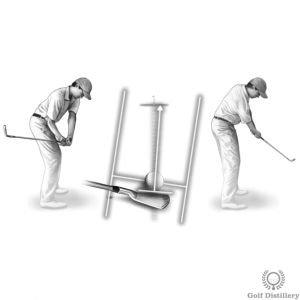
Finally, it’s time to swing your club.
As you do, you need to make sure that you swing along your body as you would normally. That means that you’ll swing in what will feel like being towards the right of the target. Don’t try to correct the fact that your feet are aligned to the right of the target.
Swinging along this inside-out swing path is exactly what you need in order to produce a draw-ball flight.
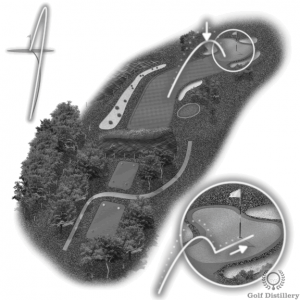
Generally speaking, draws tend to fly lower than normal straight shots (or fades).
Additionally, draws tend to produce shots that see the ball roll a longer distance upon landing.
The explanation for both is found in the fact the effective loft of the club is reduced while setting up. Indeed, seeing a clubface that is closed to the swing path effectively reduces loft in the club. And a shot that travels lower – as a result of reduced loft – will invariably tend to roll more upon landing than one that travels higher (all other things being equal).
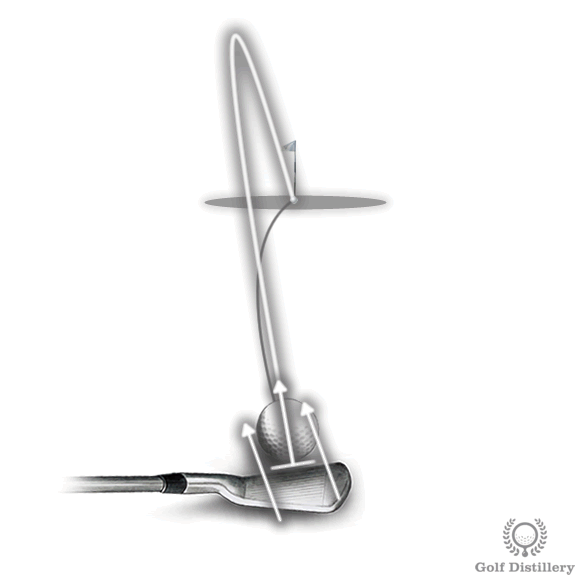
In golf, a fade is the name of the trajectory that sees the ball starting inside of the target line after impact but curling out and finishing at the target. For right-handed players, it means that the ball shoots left initially only to curl right while in the air and lands on target. In contrast to a slice a fade is not considered a golf shot error because the ball lands on the target even though the ball flight was not straight.
There are several situations where you would want to fade the ball instead of going for a straight shot. Some golfers have a natural fade swing (outside-in) and do well to manage the situation rather than fight it. Other times, you may need to curl the ball around a tree or a hazard in order to improve your odds of hitting the target. Otherwise, better players may choose to hit a fade in windy conditions, hoping to cancel out some of the wind’s effect on the ball flight. Finally, some hole locations are better attacked with a ball that lands softly on the green and rolls to the right slightly.
Follow these steps in order to produce a fade.
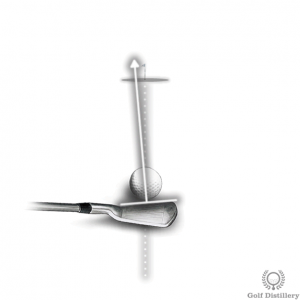
The first step while setting up for a fade is to position the club behind the ball correctly.
You’ll want your clubface to be closed relative to the target, or in other words that it is aiming to the left of the target slightly.
Indeed, in contrast to a straight shot a fade will see the ball starting left of the target, and positioning your clubface aiming to the left will do the most to promote a ball that starts left.
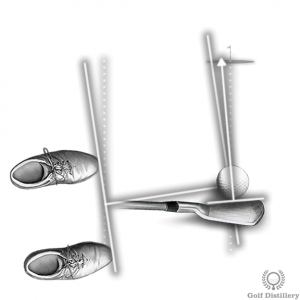
Now that your clubface is pointing to the left slightly we want to make sure that your swing doesn’t produce a straight shot into that direction.
Indeed, hitting a straight shot left would amount to a pull and would see the ball missing left of the target. Instead, rotate your stance so that you open it relative to the target. Keep rotating until it is open enough that your clubface is now open to your stance.
The setup you are looking for is one that sees your clubface closed to the target but open relative to your stance. This slight misalignment will produce a counter-clockwise spin that will take your ball from left to right.
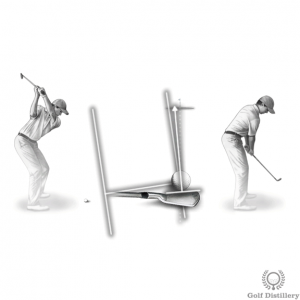
Now that your feet and club are correctly positioned it’s time to start your swing.
As you do make sure not to compensate for the fact that you are aimed left of the target. Indeed, don’t try to correct this alignment by taking your club too far inside for an inside-out swing. Instead, swing along your feet and body and let your setup position dictate the flight the ball takes.
This swing will be of the outside-in variety and will produce a shot that spins from left to right.
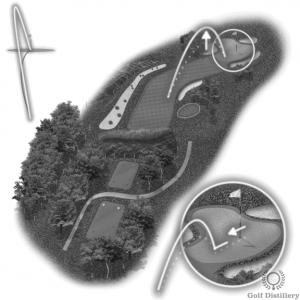
Generally speaking, a fade will tend to travel on a higher trajectory and will roll less upon landing.
These can be explained by the fact your setup position added effective loft to your club and shot.
Indeed, opening the club relative to your stance and swing adds a bit of loft to your club that produces a higher shot. And a higher shot lands more vertically than a lower one, leading to a smaller amount of roll.
